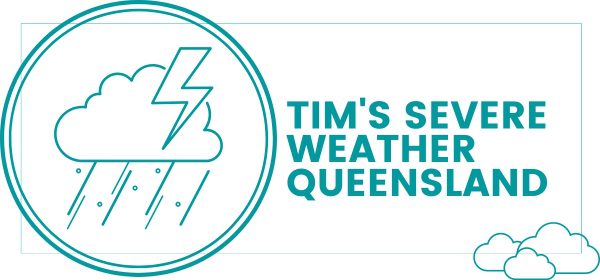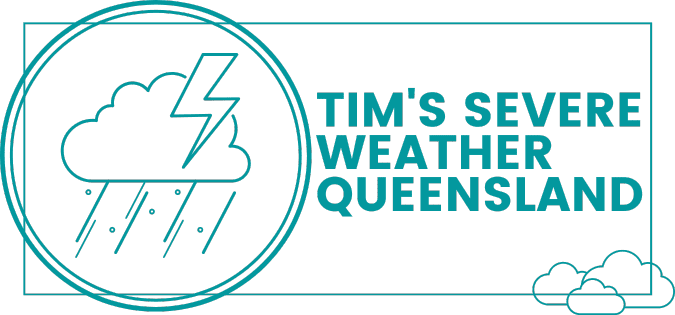QLD & NSW Weather Warnings
Current Australian Weather Warnings Map
Other Weather Tools
Discover the different types of weather warnings in Queensland and New South Wales, including flood warnings and wind warnings. Learn how to stay safe during severe weather.
Weather Warnings: Understanding and Staying Safe
Introduction
Weather warnings are crucial notifications issued by meteorological agencies to alert the public about potentially hazardous weather conditions. These warnings help individuals and communities prepare for and respond to adverse weather events, minimizing the risk of harm and damage.
Definition of Weather Warnings
Weather warnings are official notifications issued by meteorological agencies to inform the public about potentially dangerous weather conditions that could pose a threat to life and property.
Importance of Weather Warnings
Weather warnings play a vital role in public safety by providing advance notice of severe weather events. They enable individuals and communities to take proactive measures to protect themselves and their property.
How Weather Warnings are Issued
Meteorological agencies use various tools and technologies, such as weather radar, satellite imagery, and computer models, to monitor weather conditions and predict potential hazards. When severe weather is imminent, warnings are issued based on predefined criteria.
Types of Weather Warnings
Severe Weather Warnings
Severe weather warnings are issued for hazardous weather conditions that pose a threat to life and property. These include:
What Constitutes Severe Weather?
Severe weather includes events such as:
- Damaging winds above 63 km/h
- Wind gusts above 90 km/h
- Heavy rain causing flash flooding
- High tides, storm surges, and damaging surf
- Blizzards and snowstorms
Examples of Severe Weather Events
Examples of severe weather events include:
- Severe thunderstorms
- Tornadoes
- Hailstorms
- Heavy snowfall
Tropical Cyclone Warnings
Tropical cyclone warnings are issued for regions threatened by these intense storms.
Characteristics of Tropical Cyclones
Tropical cyclones are characterized by:
- Strong winds exceeding 118 km/h
- Heavy rainfall and flooding
- Storm surges and coastal inundation
How Tropical Cyclone Warnings are Issued
Warnings are issued based on the cyclone’s projected path, intensity, and potential impact on populated areas.
Flood Warnings
Flood warnings are issued when heavy rainfall or other factors increase the risk of flooding.
Causes of Flooding
Flooding can result from:
- Heavy rainfall
- Riverine or coastal inundation
- Dam or levee failures
Types of Flood Warnings
Flood warnings can include:
- Minor flood warnings
- Major flood warnings
- Flash flood warnings
Wind Warnings
Wind warnings are issued for regions expecting strong or damaging winds.
Impact of High Winds
High winds can:
- Cause structural damage
- Bring down trees and power lines
- Create hazardous driving conditions
Wind Warning Categories
Wind warnings are categorized based on wind speed:
- Strong wind warning (65-90 km/h)
- Damaging wind warning (above 90 km/h)
Thunderstorm Warnings
Thunderstorm warnings are issued when storms are likely to produce hazardous conditions.
Hazards Associated with Thunderstorms
Thunderstorms can produce:
- Large hail
- Damaging winds
- Heavy rain leading to flash flooding
- Tornadoes
Criteria for Issuing Thunderstorm Warnings
Warnings are issued based on the likelihood and severity of these hazards.
Other Weather Warnings
Additional weather warnings may include:
- Fire weather warnings
- Heatwave warnings
- Dust storm warnings
How to Stay Safe During Weather Warnings
Prepare an Emergency Kit
- Include essentials like water, food, medication, and first aid supplies.
- Have a flashlight, batteries, and a portable radio.
Stay Informed
- Monitor reliable weather sources for updates and warnings.
- Follow official advice and instructions.
Follow Safety Instructions
- Heed evacuation orders and seek shelter in designated areas.
- Avoid unnecessary travel during severe weather.
Evacuation Plans
- Develop a family emergency plan that includes evacuation routes and meeting points.
- Practice your plan regularly.
Secure Your Property
- Secure loose items and trim trees to reduce the risk of damage.
- Ensure your home is well-maintained and prepared for severe weather.
Insurance Coverage
- Review your insurance policy to ensure it covers potential weather-related damages.
- Consider additional coverage for specific risks in your area.
Conclusion
Weather warnings are essential tools for protecting lives and property during severe weather events. By understanding the types of warnings issued and taking proactive safety measures, individuals and communities can minimize the impact of hazardous weather conditions and stay safe.
FAQ
What is a weather warning?
A weather warning is issued by meteorological agencies to alert the public about potentially hazardous weather conditions that could pose a threat to life and property.
How are weather warnings issued?
Weather warnings are issued based on forecast models and observations. Meteorologists analyze weather data to predict the development and movement of severe weather systems.
What types of weather warnings are issued in Queensland and New South Wales?
In Queensland and New South Wales, weather warnings are issued for severe weather events such as tropical cyclones, floods, strong winds, and thunderstorms.
How can I receive weather warnings?
You can receive weather warnings through various channels, including television and radio broadcasts, weather apps, social media, and emergency alert systems.
What should I do during a weather warning?
During a weather warning, it’s important to stay indoors, away from windows, and follow safety instructions from local authorities. Be prepared to evacuate if necessary.
How can I protect my property during severe weather?
To protect your property during severe weather, secure loose objects, trim trees and branches, and reinforce doors and windows. Consider installing storm shutters or impact-resistant glass.
Are there any precautions I should take before severe weather strikes?
Before severe weather strikes, it’s important to prepare an emergency kit, have a family emergency plan, and stay informed about the latest weather updates.
What should I do if I receive a weather warning while driving?
If you receive a weather warning while driving, find a safe place to pull over and wait until the severe weather passes. Avoid driving through flooded roads or debris.
Advice & Actionable Tips
- Stay informed about weather updates from reliable sources
- Prepare an emergency kit with essential supplies
- Have a family emergency plan in place
- Follow safety instructions from local authorities
- Secure your property before severe weather strikes
Article Sources & Resources
- Bureau of Meteorology – Queensland Weather and Warnings
- Bureau of Meteorology – New South Wales Weather and Warnings
- bom.gov.au – Severe Weather and Severe Thunderstorm Warnings
- bom.gov.au – Tropical Cyclone Warnings
- getprepared.qld.gov.au – Emergency Kits
- disaster.qld.gov.au – Evacuation Plans
- insurancecouncil.com.au – Insurance Coverage


